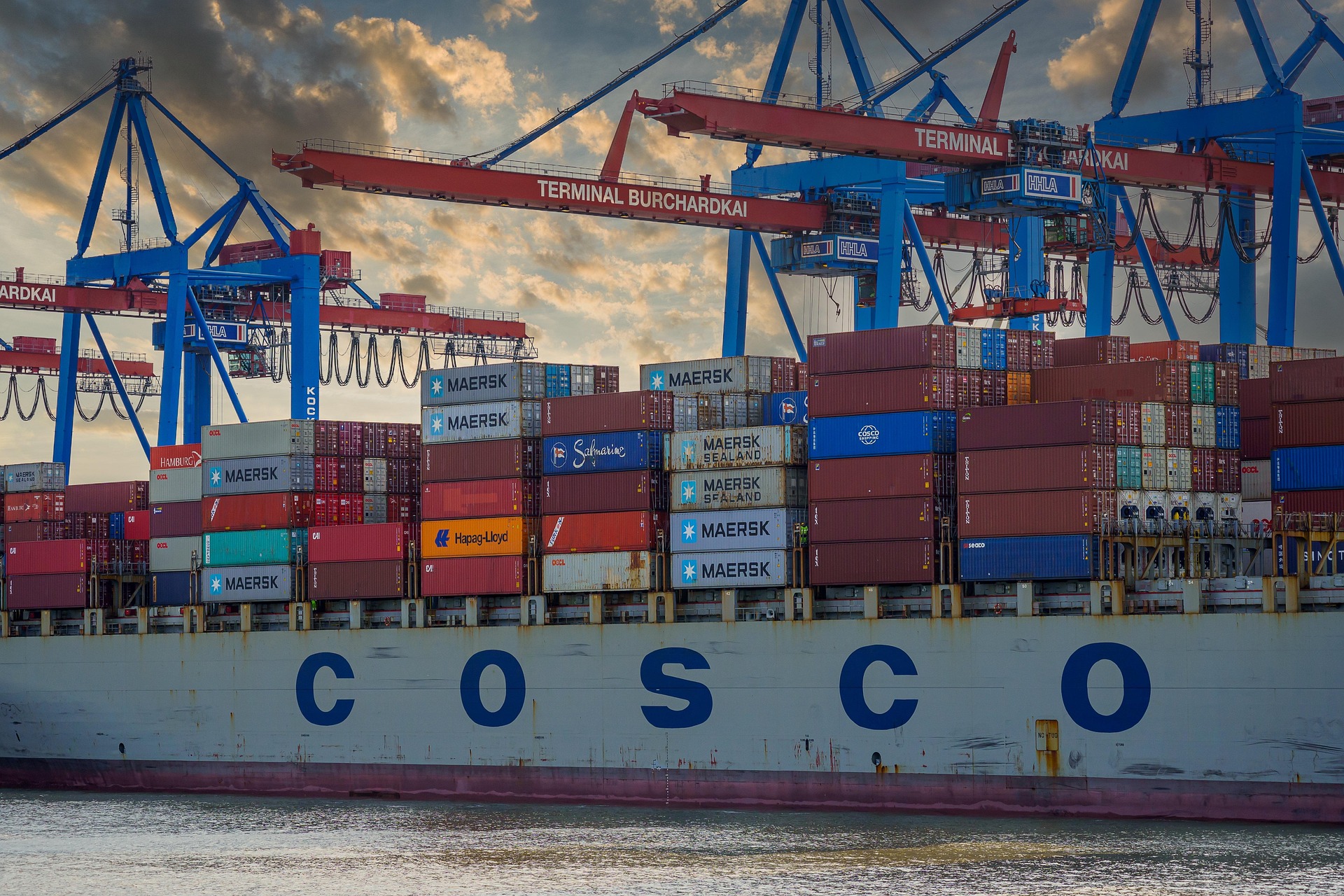China May 2025 Import Export Data:China’s May 2025 trade data reveals a stronger-than-expected trade surplus of $103.2 billion, driven by modest export growth and a sharper fall in imports. While exports rose 4.8% year-on-year, imports declined 3.4%, signaling weak domestic demand. This blog breaks down the full trade picture, including top trade partners, rare earth exports, and insights from the first five months of the year.
China May 2025 Import Export Data
China’s foreign trade landscape in May 2025 presented a mixed picture of modest resilience and underlying economic challenges. According to data released by the General Administration of Customs on Monday, the country witnessed a slower-than-expected rise in exports alongside a steeper-than-anticipated drop in imports. Despite these dynamics, China’s trade surplus widened beyond market forecasts, reflecting the global strength of its export sector while domestic demand remained subdued.
In May 2025, China’s exports increased by 4.8 percent compared to the same month a year earlier. This performance, though positive, came in below the anticipated 6 percent growth. Simultaneously, imports fell by 3.4 percent year-on-year, a decline more severe than the predicted 0.8 percent contraction. This sharp fall in imports pulled down the total import volume and was a sign of soft domestic consumption, lower demand for raw materials, or a reflection of cooling economic momentum within the country. However, due to the combination of higher export revenues and reduced imports, China recorded a trade surplus of 103.2 billion US dollars for the month, exceeding the forecasted figure of 101.1 billion dollars.
Looking at the broader performance from January to May 2025, China’s total goods imports and exports in yuan-denominated terms rose by 2.5 percent year-on-year to 17.94 trillion yuan, which is approximately 2.5 trillion US dollars. Within this period, exports rose significantly by 7.2 percent, reaching 10.67 trillion yuan, while imports decreased by 3.8 percent, amounting to 7.27 trillion yuan. This consistent growth in exports, coupled with falling imports, continues to support a widening trade surplus in the year-to-date.
China’s trade relations with key global partners also reflected significant trends. The Association of Southeast Asian Nations (ASEAN) emerged as China’s largest trading partner during the first five months of the year. Total trade between China and ASEAN countries reached 3.02 trillion yuan, which is about 420 billion US dollars, marking a robust 9.1 percent year-on-year increase and accounting for 16.8 percent of China’s total trade volume.
The European Union was China’s second-largest trading partner, with bilateral trade rising by 2.9 percent to 2.3 trillion yuan, representing 12.8 percent of the total. In contrast, trade with the United States saw a steep decline. China’s trade with the US dropped by 8.1 percent year-on-year to 1.72 trillion yuan, contributing only 9.6 percent to the overall trade share. This decline underscores ongoing geopolitical frictions and shifting supply chain strategies.
In addition to overall trade data, China’s rare earth exports were also noteworthy. In May 2025 alone, China exported 5,864.6 tons of rare earth materials. Cumulatively, rare earth exports in the first five months of the year amounted to 24,827 tons, reflecting a 2.3 percent increase from the same period in the previous year. Rare earths are critical components for electronics, defense, and clean energy technologies, and China remains a dominant supplier in this sector globally.
The combined picture from the May trade data and January-to-May trends suggests that while China continues to benefit from global demand for its manufactured goods, domestic consumption remains under pressure. The increasing reliance on exports and shrinking imports raise concerns about the sustainability of the domestic recovery and call attention to underlying economic imbalances. However, stronger trade ties with ASEAN and the European Union offer signs of strategic diversification, even as trade relations with the United States weaken further.
As the global economy continues to navigate uncertainty, China’s trade performance remains a vital indicator of both its internal health and its role in global commerce. The latest figures point to a resilient export engine, cautious domestic outlook, and evolving global trade relationships.
Disclaimer: This article is based on official data published by the General Administration of Customs of China. It is intended solely for informational purposes and does not constitute financial, investment, or policy advice. Trade figures are subject to revision by government sources. Please consult financial experts before making decisions based on economic data.

